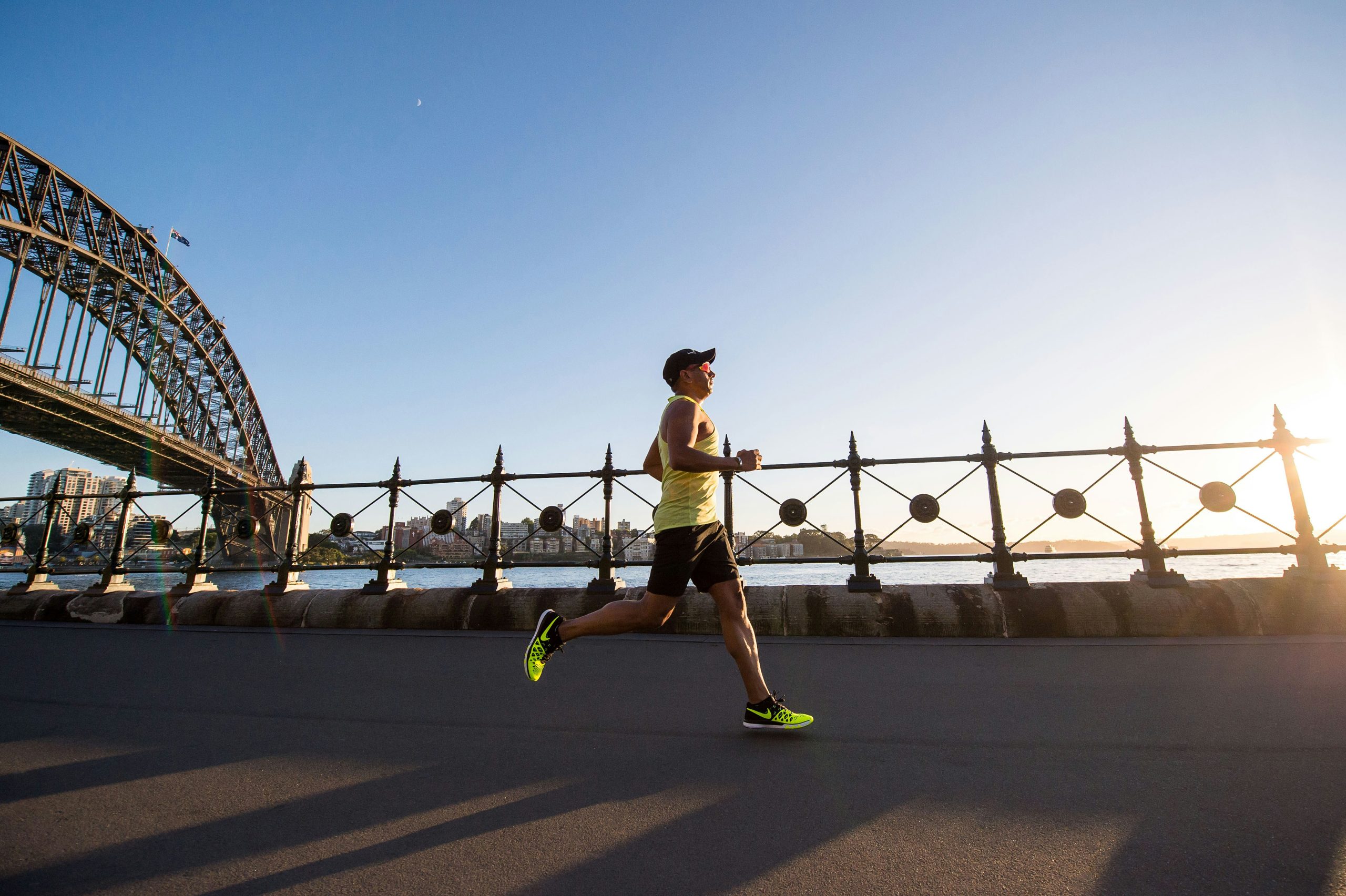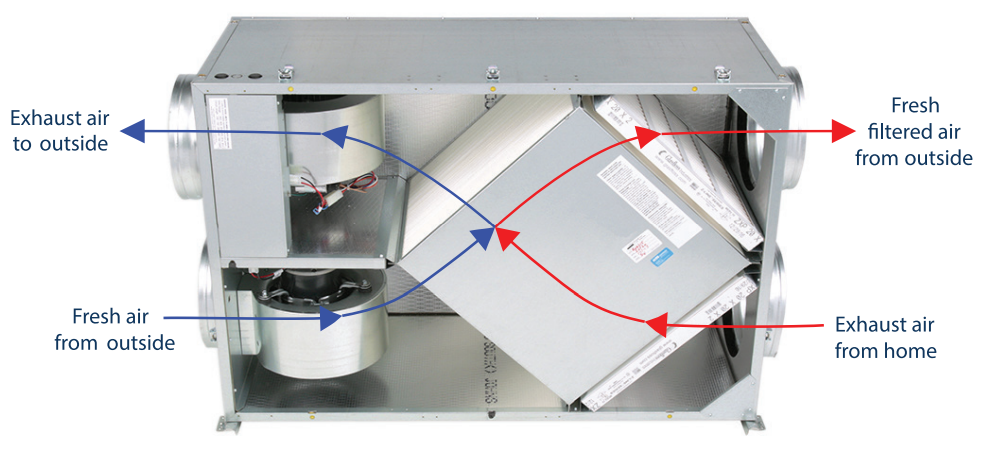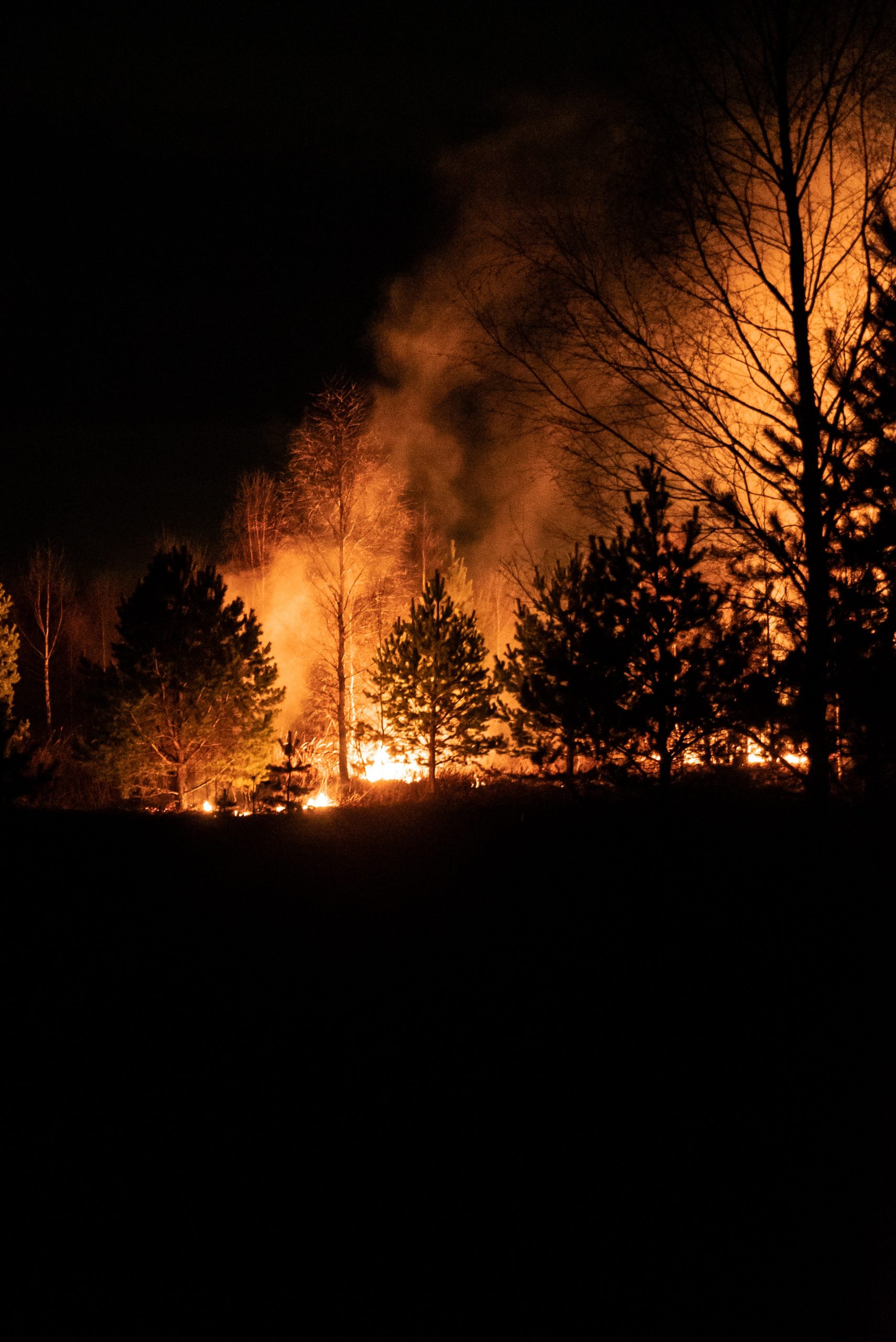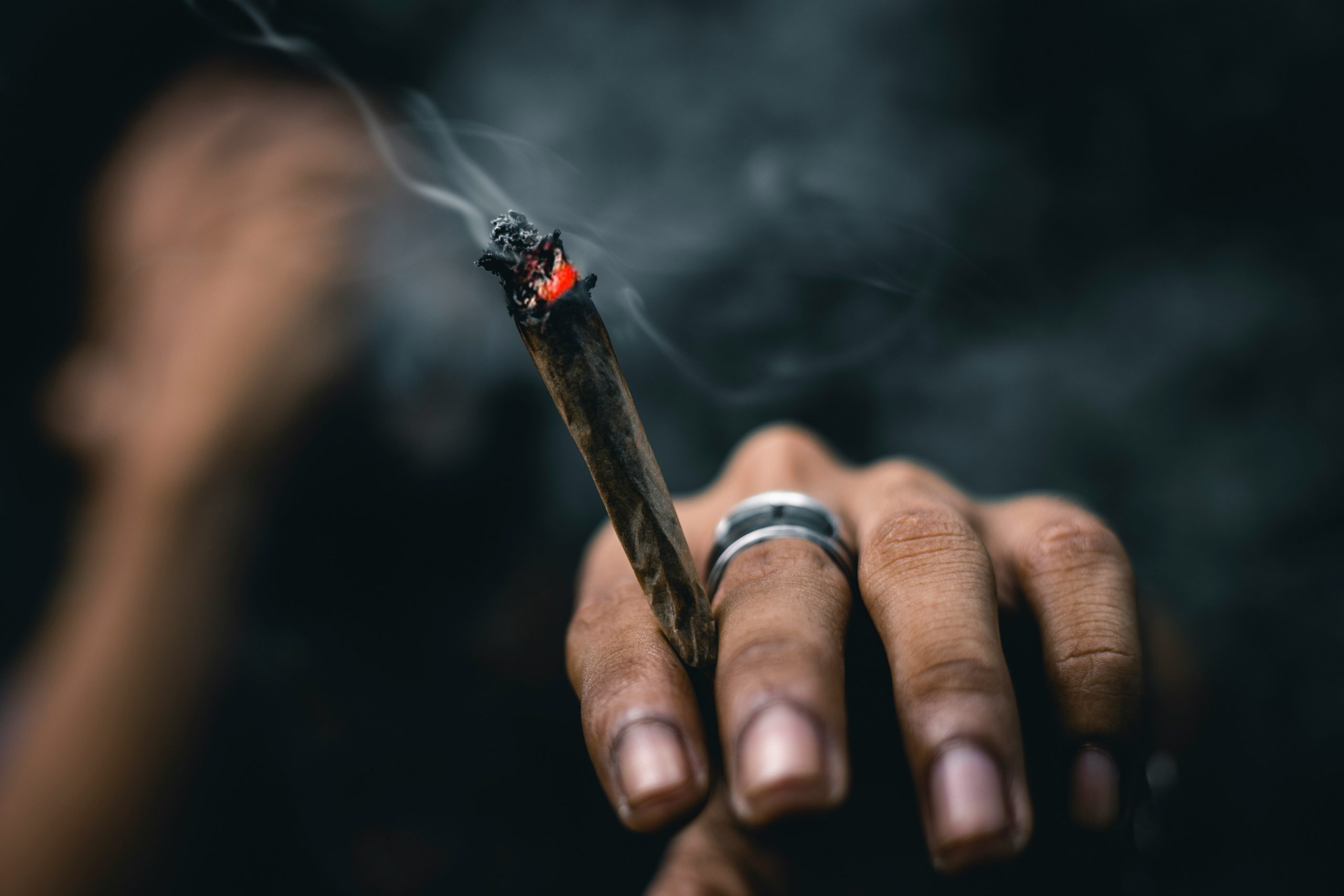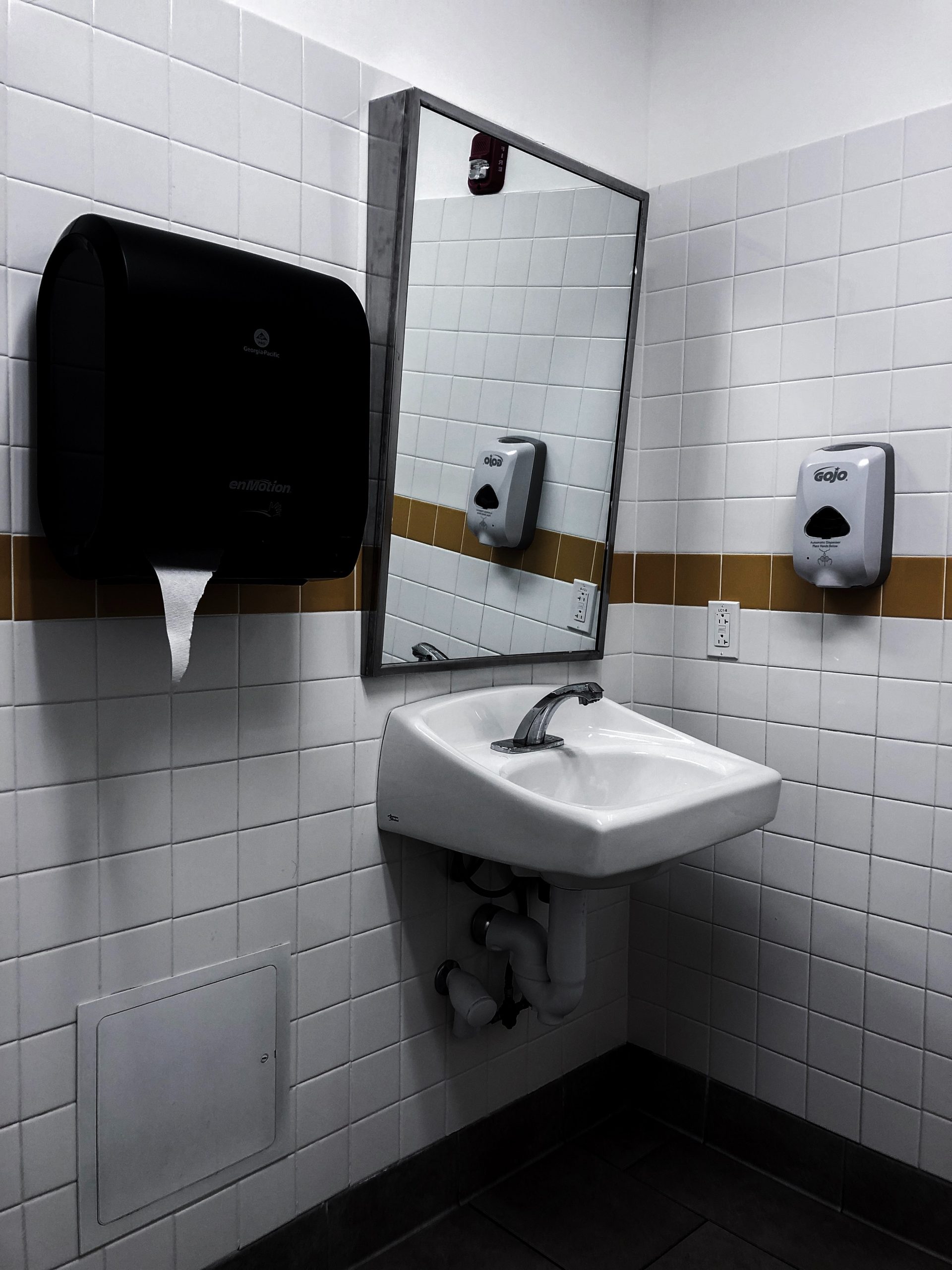According to Gallup Polls, approximately 17% of Americans smoked marijuana in 2023, which is up from 12% in 2017-2021. By inference, approximately 83% of Americans don’t directly smoke marijuana, for any number of reasons, but a good number of them deal with it as secondhand smoke (as evidenced by the number of inquiries we receive about how to protect against/remove it).
A misguided perception: According to Beth Cohen, MD, MA, a primary care doctor and researcher in California, her research showed that in 2017, 26% of people thought that it was safer to smoke a cannabis joint than a cigarette daily. In 2021, over 44% chose cannabis as the safer option. People were similarly more likely to rate secondhand cannabis smoke as being “completely safe” compared with tobacco smoke, even for vulnerable groups such as children and pregnant women. (Many people think cannabis smoke is harmless − a physician explains how that belief can put people at risk)
Yet despite these increasing opinions that marijuana smoke is less dangerous than traditional cigarette smoke, “Smoke is smoke. Both tobacco and marijuana smoke impair blood vessel function similarly. People should avoid both, and governments who are protecting people against secondhand smoke exposure should include marijuana in those rules.” -Matthew Springer, cardiovascular researcher and Associate Professor of Medicine, University of California, San Francisco
If non-smokers are in the majority, why are they having to fight for the right not to breathe it? We can think of several reasons:
- Conflicting studies done over the last decade have perpetuated confusion. For example:
- This 2012 study found that occasional and low cumulative marijuana use was not associated with adverse effects on pulmonary function, specifically air flow rate and lung capacity.
- In 2022, Researchers from Ottawa Hospital General in Canada compared approximately 150 lung scans from marijuana smokers, tobacco-only smokers and nonsmokers. The study found that rates of emphysema, airway inflammation and enlarged breast tissue were higher in marijuana than in tobacco smokers. The scans showed that 75% of the marijuana smokers had emphysema. Slightly less than 70% of tobacco-only smokers had emphysema, while only 5% of nonsmokers had it. Emphysema, a form of chronic obstructive lung disease (COPD), is the third leading cause of death in the U.S. (Smoking marijuana may be more harmful to lungs than smoking cigarettes, study finds)
- Tobacco giants Altria and Reynolds American together with convenience store retailer networks have invested billions into the marijuana industry and actively support legalization. They produce and market products that support both tobacco and marijuana, like e-cigarettes and vape pens. (Protecting Nonsmokers from Secondhand Marijuana Smoke)
- Have societal norms flip-flopped? Less than 20 years ago, cannabis users were advised to be “discreet”, but with widespread legalization, that’s no longer applicable. Furthermore, you could say that those who don’t smoke are now being pressured to be discreet!. Included in the 2008 paper “Civic Norms and Etiquettes Regarding Marijuana Use in Public Settings in New York City” is a resource from the Cannabis Action Network’s 2005 “Good Neighbor Guidelines” promoting both marijuana use and etiquettes: “Have fun with cannabis, but in your neighborhood keep a kind, discrete, polite profile. Do not consume your cannabis openly. The fewer people who know you have cannabis around, the smaller your exposure to rip-offs, overeager youths, cops, and mooches. Keep cannabis plants hidden from public view. Avoid actions that would lead to nuisance complaints like ... overly loud music or too many freaky parties.... Do not keep your stash and paraphernalia in plain view of the doors or windows. Take measures to minimize the distinct odors cannabis has when grown, smoked, or just sitting around.”
Whether it comes down to money or public opinion, we’re finding that people who do not want to inhale second-hand marijuana smoke have to fight for that right, despite some disturbing facts (Secondhand Marijuana Smoke Fact Sheet):
- Particulate levels from secondhand marijuana smoke are even higher than particulate levels from secondhand tobacco smoke. A study comparing indoor particulate matter 2.5 (PM2.5) levels from secondhand marijuana smoke and secondhand tobacco smoke concluded that “the average PM2.5 emission rate of the pre-rolled marijuana joints was found to be 3.5 times the average emission rate of Marlboro tobacco cigarettes, the most popular US cigarette brand.
- Significant amounts of mercury, cadmium, nickel, lead, hydrogen cyanide, and chromium, as well as 3 times the amount of ammonia, are found in mainstream marijuana smoke than is in tobacco smoke. (A comparison of mainstream and sidestream marijuana and tobacco cigarette smoke produced under two machine smoking conditions)
- One minute of exposure to marijuana SHS (secondhand smoke) substantially impairs endothelial function in rats for at least 90 minutes, considerably longer than comparable impairment by tobacco SHS. (Endothelial function is the way blood nourishes surrounding tissues via the endothelium, the single-layer cells that line our blood vessels). The findings in rats suggest that SHS can exert similar adverse cardiovascular effects regardless of whether it is from tobacco or marijuana. (One Minute of Marijuana Secondhand Smoke Exposure Substantially Impairs Vascular Endothelial Function)
- And many more…
So how do people who don’t want these health risks overcome them?
People living in multifamily buildings, whether they are apartments or condos, frequently have problems with this issue, because: the units are commonly leaky, landlords are reluctant to impose sanctions on smoking tenants who are otherwise ideal habitants, and in many states, it’s expensive and risky to bring about legal action. Therefore, it’s the burden of the non-smoker to either “prove” the harm or mitigate the problem on their own.
In response to our own clients’ problems, we’ve done some research and want to try to help “clear the air”.
Testing: Since marijuana smoke produces even more particulates than tobacco smoke, tenants with neighbors who smoke or vape marijuana could invest in a particulate monitor like the PurpleAir (or similar) in order to establish a history of particulates. A study used a PurpleAir monitor (PurpleAirTM Model PA-II, PurpleAir.com) alongside expensive lab equipment to show that PurpleAir is just as effective to show secondhand PM2.5 exposure to marijuana aerosol from vaping. The benefit of using such a monitor is that data is uploaded to the internet every 2 minutes, so that a history can be established.
In addition, if the smoke is particularly heavy or your apartment is particularly leaky, test kits can be used to discover THC residue in your space (THC Surface Residue Detection Test by Mistral, $10, THC Surface Residue/Vape Oil (Pouch) Drug Test, $10) More expensive laboratory test kits could be used if necessary: EMSL has Marijuana Smoke Contamination Test Kit that costs $95 for lab analysis upon return. A terpenes test kit from LCS Laboratory is $200-300. The marijuana plant contains a high concentration of terpenes that are responsible for the characteristic smell of marijuana products. Terpenes are natural organic compounds that can be found in most plants, industrial solvents (as turpentine), and many cleaning supplies with the floral or citrus smell.
Cleaning: Due to the chemicals left behind by marijuana smoke, personal protective gear should be used depending on the severity of the residue::gloves, eye protectors, respirators and possibly Tyvek suits are all standard for professional cleaning crews..The best non-toxic cleaners seem to be SmokeOut and THC-Ya:
- SmokeOut Cannabis RTU Spray by EcoClear is safe for people, pets and wildlife as per the company’s policy. It neutralizes cannabis odor on contact. $20/32 oz. from this distributor.
- THC-Ya! By MoMar is an enzymatic cleaner compatible with hard and soft surfaces. It encapsulates and neutralizes odors on contact while built-in detergents and beneficial bacteria destroy and remove the source of the odors. 100% biodegradable, no dyes, no solvents, and no phosphates. Non-flammable, non-corrosive, and non-toxic.
According to Restoration and Remediation Magazine, there are several other options for deodorizing and deep-cleaning soft surfaces: hydroxyl generators or ozone machines. Their preference was hydroxyl generators. However, both hydroxyl generators and ozone machines have drawbacks. They may cause more harm than good by generating oxidant byproducts. In a 2021 study, hydroxyl radicals generated by a device reacted with volatile organic compounds present in the indoor space. This led to chemical reactions that quickly formed organic acids and secondary organic aerosols that can cause health problems. Secondary organic aerosols are a major component of PM2.5 (particulate matter with a diameter smaller than 2.5 mm), and exposure to PM2.5 has been associated with cardiopulmonary diseases and millions of deaths per year. (Joo et al.)
Regarding ozone machines, ozone reacts with tetrahydrocannabinol (THC) to produce at least three new oxidant products, from concentrations of ozone as low as found in the natural air. Therefore, using an ozone generator could increase these byproducts. (Science Daily) Another study by Berkeley Lab’s Indoor Environment Group found that ozone can remove nicotine and polycyclic aromatic hydrocarbons (PAHs) that had adsorbed onto fabrics after smoking, but that people need to wait a few hours after the generator has run and allow the space to be ventilated of new contaminants generated by the ozone, before going back inside. (thirdhandsmoke.org)
Ventilation: Although ventilation with fresh outside air does dilute contaminants,ventilation does not eliminate all the poisonous toxins and chemical components of secondhand smoke. The Board of Directors for the American Society of Heating, Refrigerating, and Air Conditioning Engineers (ASHRAE), the international standard-setting body for indoor air quality, unanimously adopted an important position statement on secondhand tobacco smoke at its summer 2005 conference. ASHRAE Standard 62.1 reaffirms:
- There is no safe level of exposure to secondhand smoke.
- Ventilation and other air filtration technologies cannot eliminate all the health risks caused by secondhand smoke exposure.
- Tobacco smoke does not belong in indoor areas.
In 2013, the Standard was amended to state:
- Marijuana smoke should not be allowed indoors.
- Emissions from electronic smoking devices should not be allowed indoors.
The “ASHRAE Position Document on Environmental Tobacco Smoke” was again approved. According to this position statement, “ASHRAE holds the position that the only means of avoiding health effects and eliminating indoor ETS exposure is to ban all smoking activity inside and near buildings.” (Protecting Nonsmokers from Secondhand Marijuana Smoke)
Air purifiers: Our most effective products against these types of contaminants are the Upgraded Air Angel Mobile and Activated Carbon Filter Media; the Air Angel’s AHPCO cell and the media are most potent against VOCs. Our Germ Defender and Whole Home Polar Ionizer (installed in central AC) work to reduce particulates by causing them to clump together and fall on surfaces, where they can be more easily cleaned. If you have a central air conditioning unit, you can also use our Whole Home Filters with Activated Carbon to filter and deodorize, setting the fan to “on” so that it’s always filtering. We also recommend standalone HEPA filters like Medify Air Purifiers (sized for your space).
We get you and have written on how to walk the fine line of dealing with neighbors’ health hazards. Just like your rights to a habitable home free from mold, tenants should also have a home free from secondhand smoke. No-smoke.org has similar good suggestions about communicating with smokers and landlords, as well as a new one: getting a note from your doctor! You can never have too many allies in this fight for clean air, and we want to help as much as possible.



